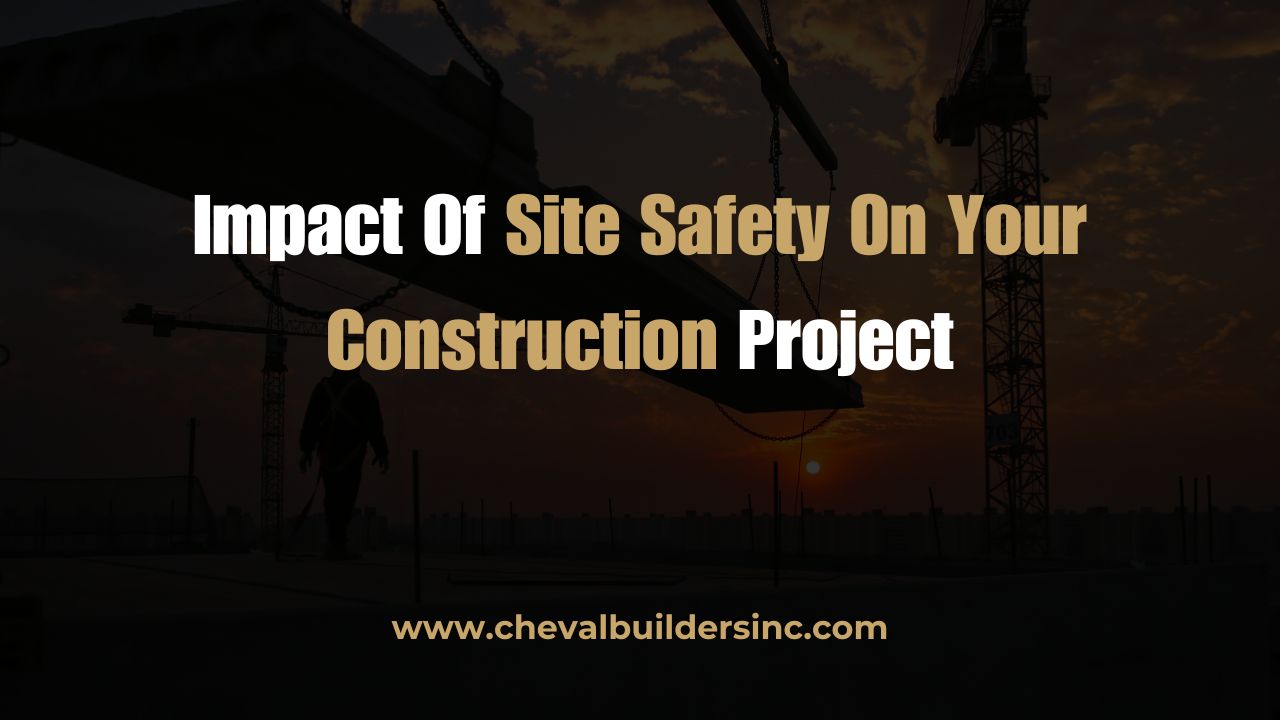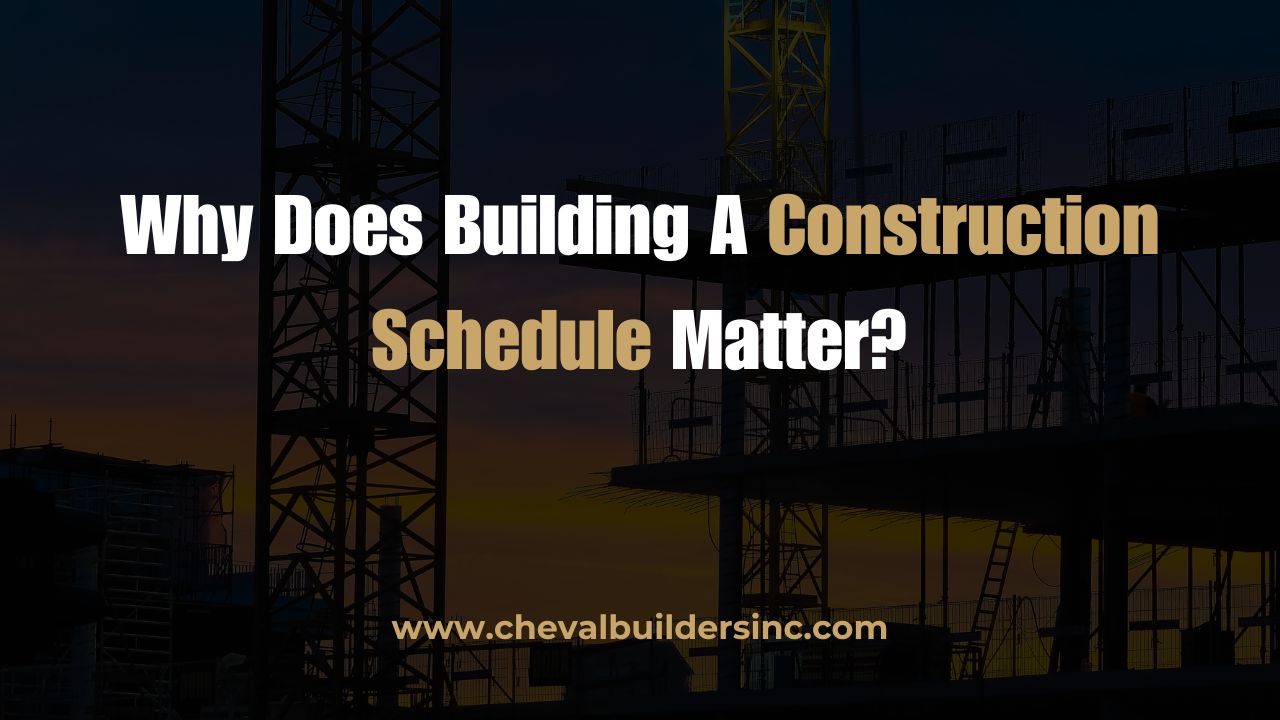Commercial construction projects are complex and multifaceted, involving numerous stakeholders, timelines, and budget considerations. Whether you’re constructing an office building, a retail space, or an industrial facility, the process requires careful planning and attention to detail. However, even with the best intentions, mistakes can occur. These mistakes can result in delays, increased costs, and other issues that negatively impact the project.
In this article, we’ll highlight 10 common commercial construction mistakes that you should avoid. By understanding these potential pitfalls, you can take proactive steps to ensure your project runs smoothly and is completed successfully. Let’s explore these mistakes and how you can avoid them to create a more efficient, cost-effective, and high-quality commercial construction project.
10 Common Commercial Construction Mistakes You Should Avoid
1. Inadequate Planning and Preparation
One of the most significant mistakes in commercial construction is a lack of proper planning and preparation. This step is crucial, as any shortcomings in the planning phase can lead to problems down the line. Without a clear and comprehensive plan, the project may face unexpected delays, cost overruns, or missed deadlines.
Thorough planning should address not only the design and construction aspects but also budget constraints, timelines, permits, and potential risks. Involving key stakeholders early in the process, such as contractors, designers, and engineers, can help align expectations and ensure that the project stays on track.
Without this essential foundation, it becomes much harder to mitigate unforeseen challenges that inevitably arise during the construction process.
Check our Services: Expert Design Build Services In Houston, Texas
2. Underestimating the Budget
Underestimating the budget is a common mistake that many commercial construction projects face. Often, cost overruns occur when the initial estimate fails to account for all aspects of the project, including hidden costs, material price fluctuations, or unforeseen complications. A budget that is too tight can cause significant problems once construction begins, including delays or the need to cut corners on materials and workmanship.
To avoid this, it’s essential to develop a detailed, realistic budget that includes a buffer for unexpected costs. The budget should account for everything, from materials and labor to contingency funds for potential delays or changes. Regularly reviewing and adjusting the budget throughout the project can help ensure that you stay on track financially.
By being realistic and thorough in your budgeting, you can prevent financial difficulties from derailing the project.
3. Poor Communication Among Stakeholders
Communication is critical in any commercial construction project, and poor communication is a mistake that can lead to major issues. When the design team, contractors, suppliers, and other stakeholders aren’t aligned, misunderstandings can occur, resulting in delays and mistakes. Inconsistent communication can also lead to conflicting expectations, which can cause frustration and confusion on the job site.
To avoid communication breakdowns, establish clear communication protocols at the outset of the project. Regular meetings, progress reports, and transparent channels for feedback can help ensure that everyone is on the same page throughout the process. Effective communication ensures that issues are identified and resolved quickly, preventing them from escalating into larger problems.
By prioritizing open and frequent communication, you can ensure smoother collaboration and fewer misunderstandings.
4. Failing to Choose the Right Contractor
Choosing the right contractor is one of the most important decisions you’ll make during your commercial construction project. A contractor who lacks experience, expertise, or the right qualifications for your specific project can lead to poor workmanship, missed deadlines, and a higher likelihood of mistakes.
Take the time to vet potential contractors thoroughly. Review their past work, check references, and verify that they have the necessary licenses and insurance. A good contractor will be transparent about costs, timelines, and potential challenges, and they will be proactive in managing the construction process.
The right contractor will help ensure that the project runs smoothly, stays on schedule, and meets your expectations.
5. Ignoring Local Building Codes and Permits
Every commercial construction project must comply with local building codes and regulations. Failing to obtain the necessary permits or adhere to building codes can lead to costly fines, project delays, or even legal issues. Some clients might overlook these requirements in an effort to save time or money, but this mistake can result in serious consequences.
To avoid this mistake, it’s crucial to thoroughly research and understand the local codes and permit requirements before construction begins. Working with an experienced contractor or architect who is familiar with local regulations can help ensure compliance. Obtaining all necessary permits and approvals before starting construction can prevent costly interruptions and delays.
Adhering to building codes and permits ensures the safety and legality of your project and protects you from potential liabilities.
Check our Services: Top Tenant Improvement Construction Services Houston TX
6. Failing to Plan for Future Needs
A common mistake in commercial construction is failing to plan for future needs, such as expansion, increased traffic, or changing business requirements. Commercial spaces should be designed with flexibility in mind, so that as your business grows or changes, the space can accommodate these changes without requiring extensive renovations or rework.
Incorporating future-proofing strategies into the design and construction plan allows for smoother transitions as the needs of the business evolve. For example, adding extra infrastructure for future expansion or leaving space for additional facilities can save you time and money in the future. This foresight ensures that the building can serve your needs for years to come.
Planning for future needs from the start helps prevent costly renovations or rebuilding projects in the future.
7. Skimping on Quality Materials
Cutting costs by skimping on quality materials is a mistake that may seem tempting at first but can lead to long-term problems. Using inferior materials may lower initial costs, but it often results in higher maintenance costs, repairs, and a reduced lifespan for the building. Inadequate materials can also impact the overall safety and functionality of the building.
Choosing high-quality materials ensures that the building will meet safety standards and endure wear and tear over time. It’s important to balance cost with quality, ensuring that you invest in materials that provide long-term value. Consulting with experienced contractors and designers can help you find quality materials that fit within your budget.
Investing in good materials upfront prevents costly repairs and maintenance in the future.
8. Not Managing Risk Effectively
Commercial construction projects are filled with potential risks, from unexpected site conditions to labor shortages and weather-related delays. Not having a risk management plan in place can lead to unanticipated costs and setbacks that disrupt the entire project. Identifying and addressing risks early can help you prepare for potential challenges and minimize their impact.
A comprehensive risk management plan should identify potential risks, assess their impact, and develop strategies to mitigate them. Regular risk assessments throughout the project will help ensure that new risks are managed promptly. By addressing risks proactively, you can keep the project on schedule and within budget.
Effective risk management helps reduce the chances of unexpected setbacks, ensuring smoother project execution.
9. Inadequate Site Supervision
Inadequate site supervision can lead to safety hazards, poor workmanship, and missed deadlines. Without proper oversight, construction workers may not adhere to safety protocols, quality standards, or project timelines. This mistake can result in rework, increased costs, and delays.
Ensuring proper supervision is key to maintaining safety and quality on-site. Appoint an experienced site supervisor or project manager who can oversee the day-to-day operations and ensure that workers follow safety guidelines, complete tasks to specification, and stay on schedule. Regular site inspections can help identify issues early and prevent them from escalating.
Strong site supervision contributes to the overall success of the project by ensuring that tasks are completed correctly and on time.
Check our Services: Top Gas Station Construction Services in Houston TX
10. Underestimating the Importance of Post-Construction Evaluation
Many construction projects neglect to include a thorough post-construction evaluation. This final phase is crucial to identify any issues with the building that may need addressing, such as defects in workmanship, safety concerns, or design flaws. Skipping this evaluation can lead to long-term problems that may not be discovered until the building is in use.
A post-construction evaluation involves inspecting the building, reviewing the project’s goals, and identifying any discrepancies between the plan and the completed work. Addressing these issues before the building is occupied helps ensure that it meets the client’s expectations and is safe for use. This evaluation can also provide valuable insights for future projects.
By completing a post-construction evaluation, you can ensure that the building is up to standard and avoid issues that may arise after occupancy.
FAQ
Q1: How can I avoid budget overruns on a commercial construction project?
A1: To avoid budget overruns, develop a detailed, realistic budget that includes a contingency for unforeseen expenses, and regularly review costs.
Q2: Why is communication important in commercial construction?
A2: Effective communication helps prevent misunderstandings, aligns expectations, and ensures that all stakeholders are informed and engaged throughout the project.
Q3: What are the risks of using low-quality materials in construction?
A3: Low-quality materials can lead to higher maintenance costs, safety issues, and a reduced lifespan for the building, resulting in long-term expenses.
Q4: How do I ensure my construction project complies with local building codes?
A4: Work with experienced contractors and architects familiar with local regulations, and obtain all necessary permits before starting construction.
Q5: What is the role of site supervision in construction?
A5: Site supervision ensures that work is completed safely, on time, and to the required quality standards, preventing issues such as safety hazards or delays.
Conclusion
Avoiding common construction mistakes is crucial for the successful completion of your commercial project. From inadequate planning and budgeting to poor communication and low-quality materials, these mistakes can cause significant delays and financial setbacks. By carefully addressing each aspect of the project—choosing the right contractor, adhering to building codes, managing risks, and ensuring proper supervision—you can minimize the chance of these mistakes.
By staying vigilant and proactive throughout the construction process, you can create a high-quality commercial space that meets your goals and remains within budget.



